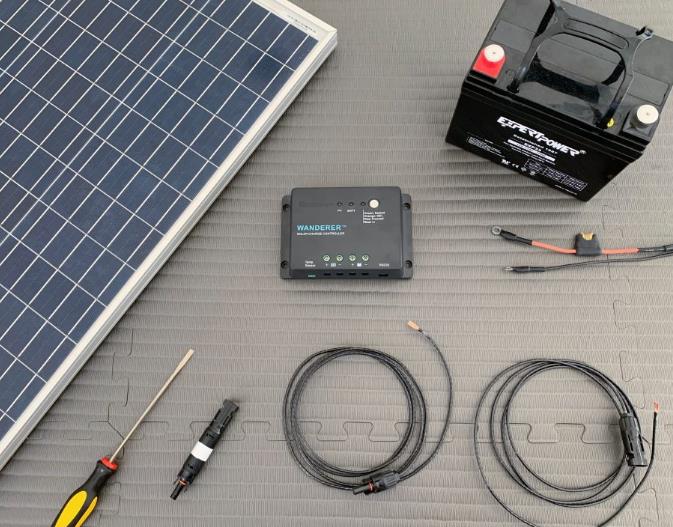What Types of Covers Are Best for Solar Panels?
Protecting solar panels is paramount to maintaining their efficiency and prolonging their lifespan. Covers can play a vital role in this, especially in regions prone to harsh weather conditions or where debris accumulation is a concern. However, not all covers are created equal, and the choice of the right cover can significantly impact the performance of your solar panels. Let’s explore the best types of covers for solar panels, focusing on their materials, functionality, and suitability for different environments.

Anti-Reflective Coatings
Optimized Light Absorption: One of the most effective "covers" for solar panels isn't a cover in the traditional sense but an anti-reflective coating applied directly to the glass of the solar panels. These coatings are designed to reduce the amount of sunlight that is reflected away from the panel, thereby increasing the amount of light absorbed and converted into electricity.
- Material: Silicon-based anti-reflective coatings are commonly used for their effectiveness in enhancing light absorption.
Protective Mesh Covers
Debris and Animal Protection: In areas where falling leaves, bird droppings, or nesting animals pose a risk to solar panels, protective mesh covers can offer a solution. These covers are designed to keep debris and animals away from the panels without significantly obstructing sunlight.
- Material: Durable, UV-resistant synthetic fibers that can withstand environmental wear and tear while allowing sunlight to pass through.
Transparent Solar Panel Covers
Weather Protection: Transparent covers are designed to shield solar panels from hail, snow, and heavy rain. Their transparency ensures that sunlight access is not compromised, maintaining the efficiency of the panels.
- Material: Polycarbonate or acrylic materials are preferred for their clarity, impact resistance, and durability against harsh weather conditions.
Rollable Covers
Convenience and Flexibility: For solar panel installations in regions with frequent heavy snowfall or storms, rollable covers can provide temporary protection. These covers can be rolled over the panels ahead of a storm and removed easily once the risk has passed, minimizing the impact on solar energy production.
- Material: Heavy-duty, weather-resistant fabric that is easy to deploy and store when not in use.
Considerations for Choosing Solar Panel Covers
- Light Transmittance: The cover must allow sufficient sunlight to reach the solar cells. Compromising on light transmittance can reduce the overall efficiency of the panels.
- Durability and Weather Resistance: The material of the cover should be capable of withstanding the specific environmental conditions of the installation site without degrading.
- Airflow: Adequate ventilation is crucial to prevent overheating. Covers should not trap heat on the panels.
- Ease of Installation and Maintenance: Covers should be easy to install, remove, and clean, ensuring that their maintenance does not become a burdensome task.
Covers for Solar Panels: Conclusion
Selecting the right cover for your solar panels can significantly enhance their durability and efficiency. Whether you're combating reflection, debris, wildlife, or harsh weather, there's a cover solution tailored to your needs. By considering the factors of light transmittance, material durability, airflow, and maintenance ease, you can ensure your solar panels remain protected and productive for years to come. With the right cover, your investment in solar energy will continue to yield returns, contributing to a sustainable future.